A-Z of Leasehold
A-Z of Leasehold for Flat Buyers and Owners
Your Essential Guide to Understanding Leasehold Property Ownership
Navigating leasehold property ownership can often feel overwhelming, especially for first-time buyers. To simplify the process, we've compiled an easy-to-follow A-Z of Leasehold for flat buyers and owners. This guide breaks down essential terms and concepts, providing you with the knowledge to make informed decisions and manage your leasehold with confidence.

In this instance specifically Section 42 Notices.
Currently a lessee needs to have been the registered owner of the property for 2 years before they can serve a Section 42 Notice to force the freeholder to extend the lease of their residential flat. Giving them an additional 90 years with nil/peppercorn ground rent. This means that a purchaser does not have to wait and can continue with the process of extending the lease of the flat they have just purchased.
The Leasehold and Freehold Reform Bill which received Royal Assent on Friday will change this so that lessees no longer have to wait two years but assignment may still be necessary to stop leases shortening during the sales process. It will also give 990 additional years rather than the current 90. Although we do not know when this will become active law.

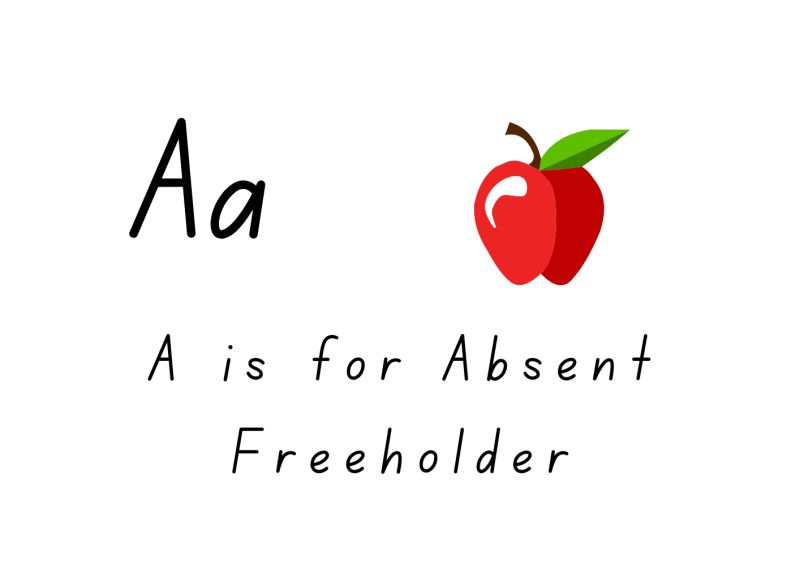
How having an absent freeholder affects the ability to extend the lease.
In order to force a freeholder to extend the residential lease of a flat the lessee must serve a Section 42 Notice, under the Leasehold Reform, Housing, and Urban Development Act 1993, on the freeholder. This notice initiates a statutory lease extension process, allowing the leaseholder to add 90 years to the lease term with ground rent reduced to a peppercorn/zero.
If the freeholder is absent or untraceable this is not possible.
The lessee, through a solicitor (who has first done the necessary searches), needs to apply to the County Court for a vesting order. The Court will then often refer the matter to the First Tier Tribunal (Property Division) for them to determine the premium payable with the assistance of a specialist valuer instructed, and paid for, by the lessee. This premium is then kept by the court in case the freeholder should appear in the future.
This delays the process and increases the costs due to the extra Court and Tribunal involvement.
If you have an absent freeholder and need assistance with extending your lease you can book a free no obligation consultation with me, a specialist valuer with experience of appearing at Tribunal for lessees with absent freeholder. Link in the comments.
The basis of valuation in lease extensions dictates how the premium (the amount paid to the freeholder) is calculated. This valuation takes into account:
- The Remaining Lease Term:
A shorter lease term usually means a higher premium, as the value of the freeholder's reversion (the right to take back ownership at the end of the lease) is closer. - Ground Rent:
The compensation includes the freeholder's loss of future ground rent. Higher ground rents over the remaining term mean higher compensation. - Market Value of the Property:
The property's current value on the open market impacts the reversionary value. Based on the assumptions under the act that all parties have adhered to repairing covenants in the lease. Higher property values result in a higher premium. - Marriage Value:
For leases with less than 80 years remaining, this represents the additional value created by merging the leaseholder's interest with the freeholder's. The leaseholder and freeholder split this value 50:50.
Contact me alison.stone@alisonstonesurveyors.co.uk for help with valuations.
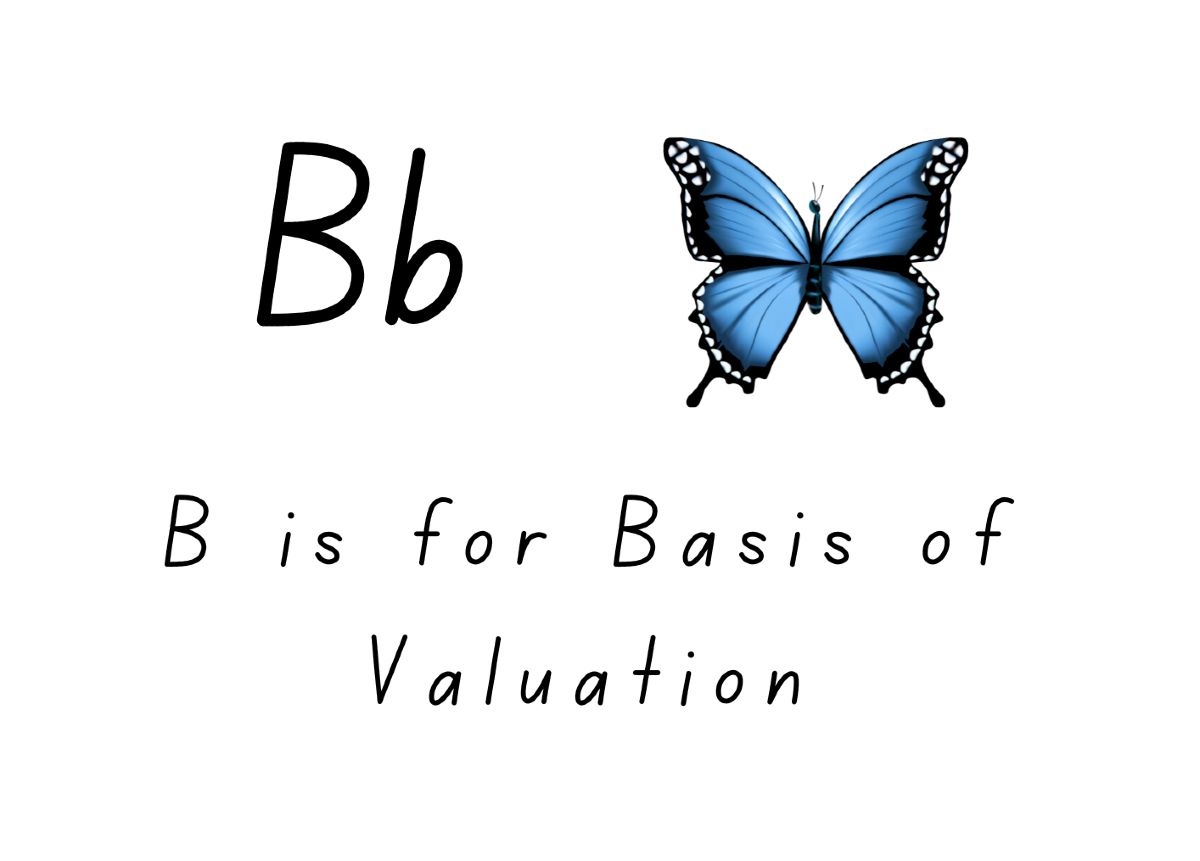
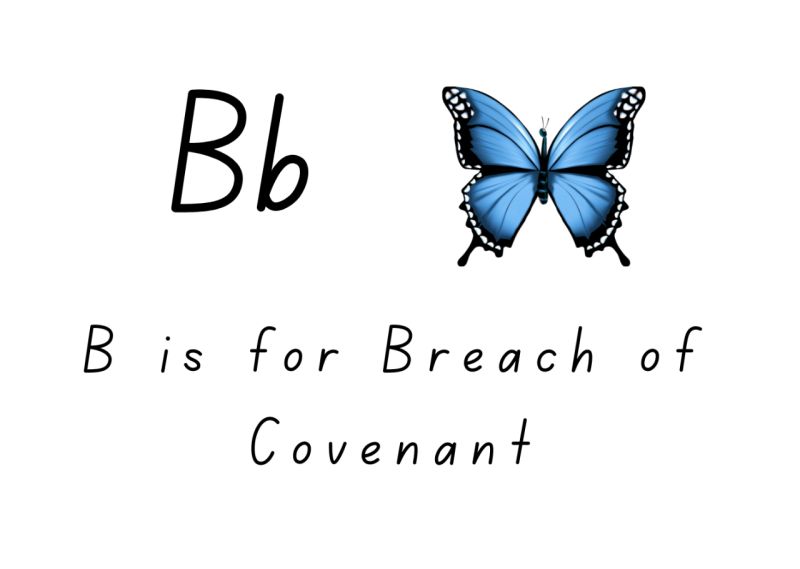
A failure to comply with the terms and conditions set out in a residential lease agreement. Covenants are binding promises or obligations that the leaseholder agrees to uphold. Breaches can include failure to pay rent, unauthorized alterations to the property, or neglecting maintenance duties. Consequences of a breach can range from penalties or additional charges to legal action and potential forfeiture of the lease.
When you purchase a flat of course the condition matters to you, the purchaser, and you will be paying the appropriate market value taking into account the condition and the length of the lease (if you have been advised appropriately). BUT when calculating the lease extension premium the condition is not relevant. The valuation has to assume the flat is in average or 'good and tenantable condition' and improvements have to be discounted. So if the lessee has refurbished the property to a high standard the flat will still be valued as 'average', they will not have to pay a higher premium and be penalised for improving the flat. Equally if the lessee has let it go to wrack and ruin with hot and cold running rats the freeholder will not receive a reduced premium.
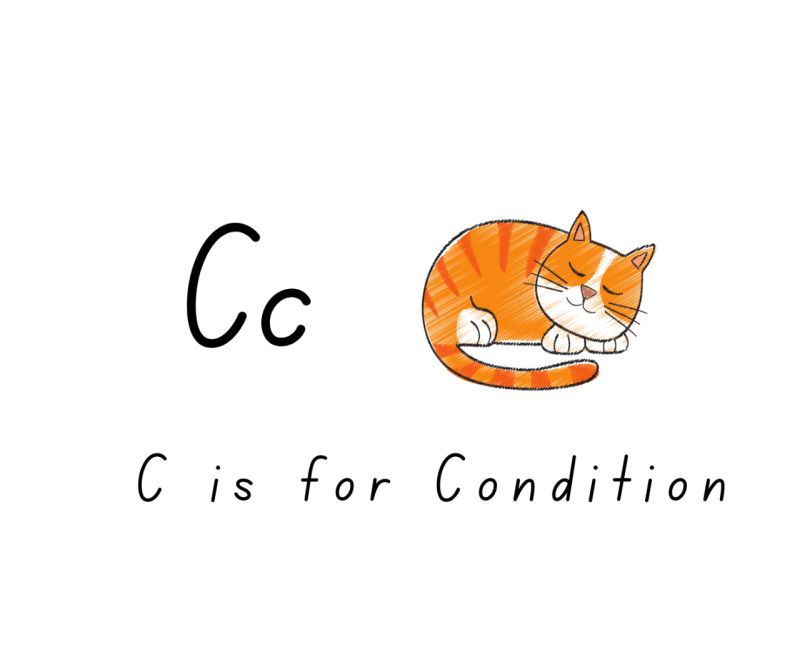

A Deed of Variation is a legal document used to formally amend the specific terms and conditions of an existing lease agreement. It is executed by the landlord and tenant and formally documents any changes agreed upon by both parties. It can be used for many things such as removal of the ground rent, a change in the demise of the property to include or remove areas such as parking spaces and storage areas, to give permission to alterations or subletting. There are many others but they have to be within the power of the freeholder to grant. If there is an absolute prohibition on something the freeholder cannot agree to change the lease unless all the lessees are in agreement.
Leasehold enfranchisement refers to the process by which leaseholders (tenants with long leases) can acquire the freehold of their property or extend their lease and involves legal rights and processes that allow leaseholders to gain more control and ownership over their property.
There are two main types of leasehold enfranchisement:
- Collective Enfranchisement: This occurs when leaseholders of flats within a building collectively purchase the freehold. The leaseholders form a group and exercise their right to buy the freehold from the landlord. This gives them collective ownership of the building and often allows them to manage it themselves, potentially leading to better maintenance and lower service charges.
- Lease Extension: Individual leaseholders can extend the term of their lease, currently by adding 90 years to the existing lease term and once they have owned the property for two years. This is especially important as leases with shorter remaining terms (currently below 80 years) can significantly decrease the property's value and make it difficult to sell or mortgage.
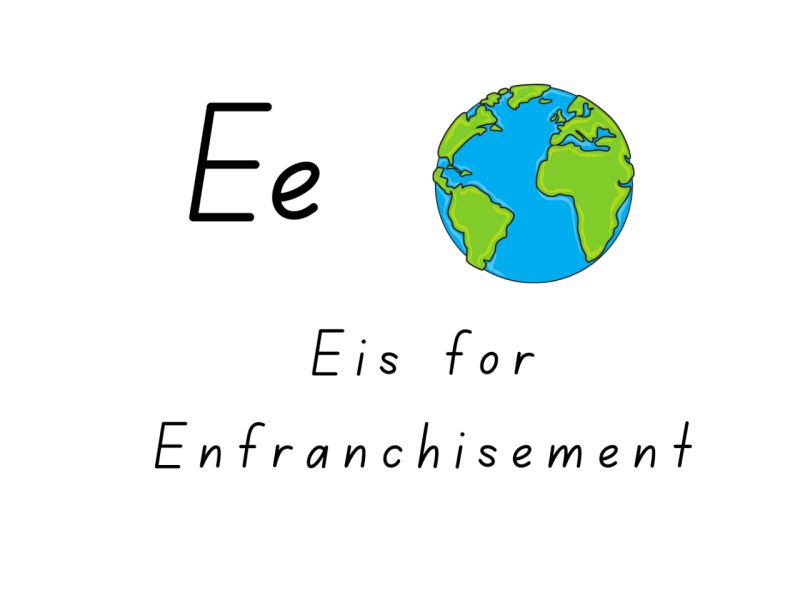
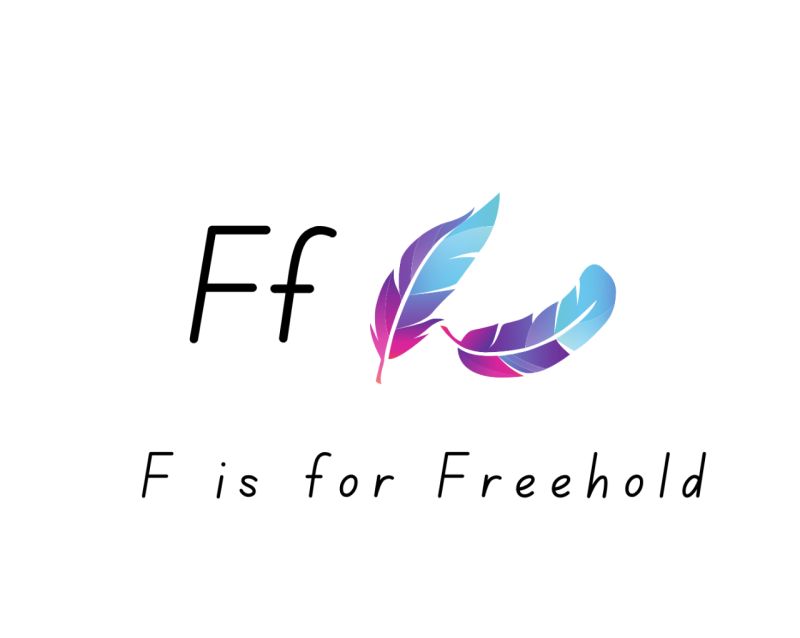
What is freehold compared to Leasehold?
Freehold refers to a type of property ownership that is absolute and perpetual, meaning the owner has complete and indefinite ownership of the property and the land it is built on. Here are key aspects of freehold ownership:
- Complete Ownership: The freeholder owns the property outright, including the land it stands on, with no time limit on ownership.
- No Ground Rent: Unlike leasehold properties, freeholders do not pay ground rent because they own the land.
- Full Control: Freeholders have full control over their property, subject to local laws and regulations. They can make alterations or extensions to the property without seeking permission from a landlord (although planning permissions may still be required).
- Maintenance Responsibility: The freeholder is responsible for the maintenance and upkeep of the property, including the structure and the land it is on.
- Freehold: Ownership is indefinite, providing the owner with full rights and responsibilities over the property and land.
- Leasehold: Ownership is for a fixed term (e.g., 99 years, 125 years), after which the property reverts to the freeholder. Leaseholders may need to pay ground rent and seek permission for alterations.
- Stability: Freehold ownership provides long-term security and stability since the ownership does not expire.
- Investment: Owning the land can increase the property's value over time.
- Freedom: More freedom to modify or develop the property, within legal constraints.
- Cost: Freehold properties can be more expensive to purchase than leasehold properties.
- Responsibility: The owner is solely responsible for all maintenance and repairs, which can be costly.
Residential ground rent is a periodic payment made by the leaseholder to the freeholder as specified in the lease agreement for a property. The freeholder cannot demand an arbitrary amount; the payment must be as detailed in the lease.
Ground rent is typically paid annually, semi-annually, or quarterly. It can be fixed for the duration of the lease or it can escalate at set intervals, such as every 10 or 25 years.
In some cases, ground rent is a nominal amount, meaning very low & largely symbolic (e.g. "peppercorn rent") rather than financially significant. However, it can also be high & subject to frequent increases.
Non-payment of ground rent can lead to legal consequences, including potential forfeiture of the lease, though this is very rare & often subject to stringent legal protections for the leaseholder.
High or escalating ground rent can affect the market value & desirability of leasehold property. Partly due to lenders requirements.
When extending a lease, the ground rent terms in the extended period must legally become zero/peppercorn but by agreement the current ground rent can remain for the current term.
Residential ground rent is an important consideration for anyone involved in a leasehold property arrangement. Understanding the terms and potential financial impact of ground rent is crucial for both current and prospective leaseholders.
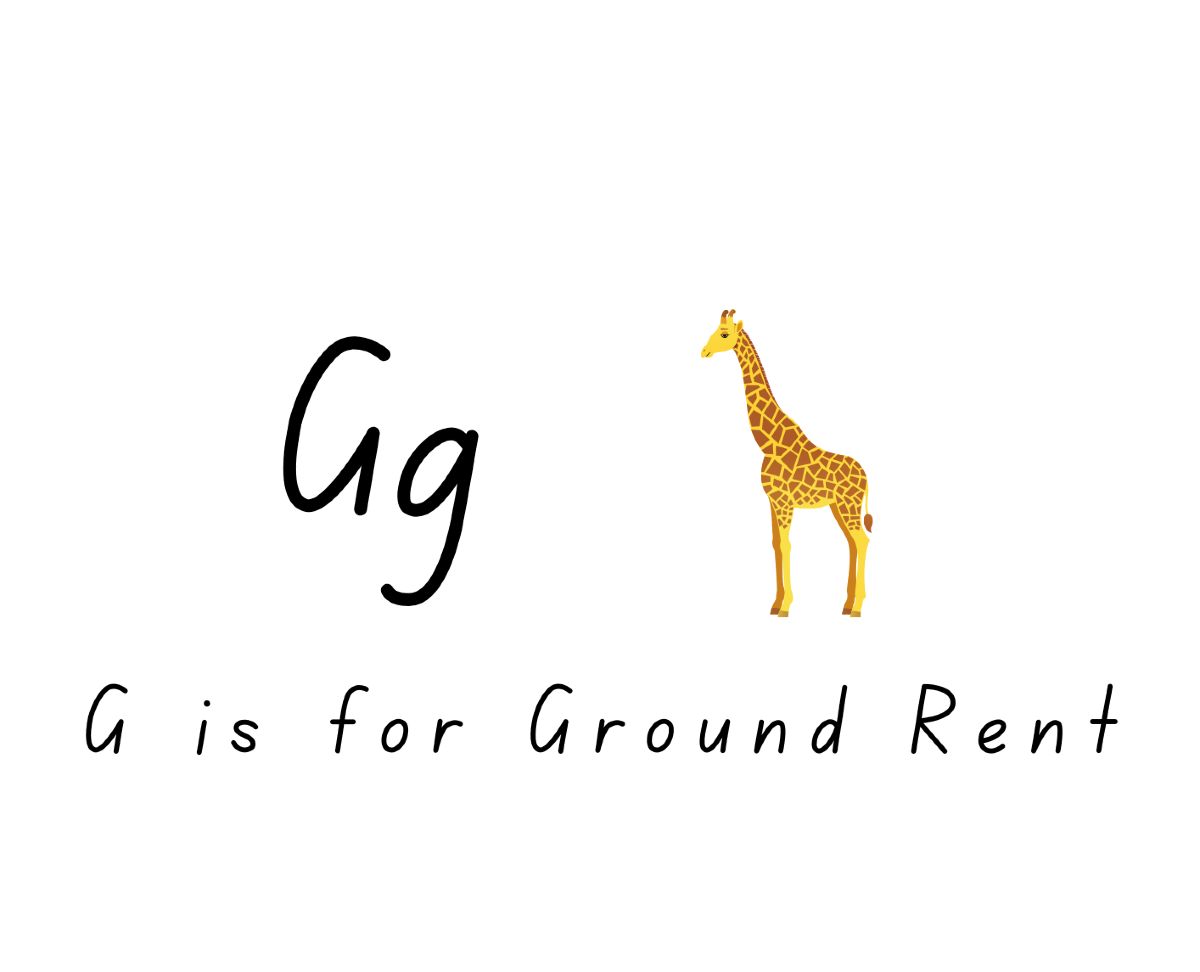
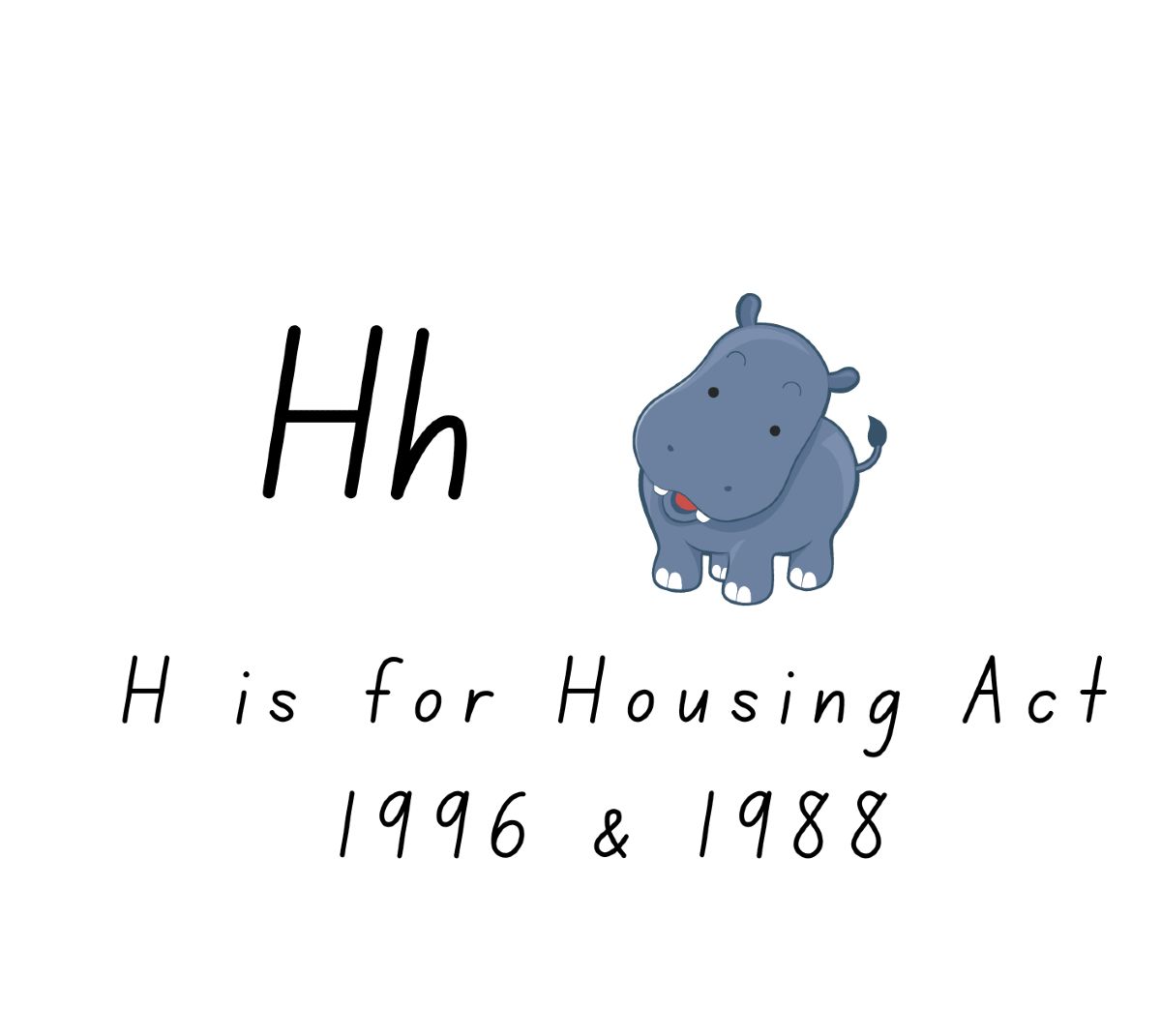
Many people don't know that long leases starting after the Housing Act 1996 can be assured shorthold tenancies (AST) if:
- Ground rent exceeds £250 per year (£1,000 in London);
- The property is the leaseholder's primary residence;
- The Housing Act 1988 sets no maximum term for an AST, so any long lease could qualify. This also applies if ground rent increases to above £250 (£1,000 in London).
Grounds for Possession: Under the Schedule 2 Housing Act 1988, ground 8 allows for possession if rent arrears exceed specific thresholds (e.g., two months' rent unpaid for monthly payments/over 3 months if quarterly and at least 3 months rent 3 months in arrears for yearly). Unlike usual long lease forfeiture provisions, ground 8 gives no discretion for relief from forfeiture if arrears are paid off later. This often means a lender will not lend due to the risk of losing the property.
There are several ways to get rid of this issue - Deed of variation to remove the ground rent or add a clause in the lease for the lender to be able to pay the ground rent, or an indemnity but these require the cooperation of the lender and/or the freeholder. The only way to force the issue is to extend the lease and get rid of the ground rent.
There are two different processes for extending a residential lease on a flat.
Informal Lease Extension:
A privately negotiated agreement between the leaseholder and the freeholder without statutory protections. Direct negotiation, agreed terms, no formal notice, less paperwork, quicker but with no statutory protection and a risk of unfavourable terms.
Formal Lease Extension:
Carried out under the Leasehold Reform, Housing and Urban Development Act 1993, providing specific rights. Leaseholder serves a Section 42 Notice. Freeholder responds with a Section 45 Counter Notice.
The Tribunal can resolve disputes. Guaranteed 90-year extension at peppercorn rent. With legal protections and fair terms. But it is complex and time-consuming with often higher upfront costs and less flexible terms.
Summary:
Informal extensions offer flexibility and potential cost savings but come with risks and fewer protections. Formal extensions provide statutory rights and protections but are more structured and potentially costly.
Which ever way you go you need to involves legal and valuation specialist professionals to ensure the agreement is fair and suitable.
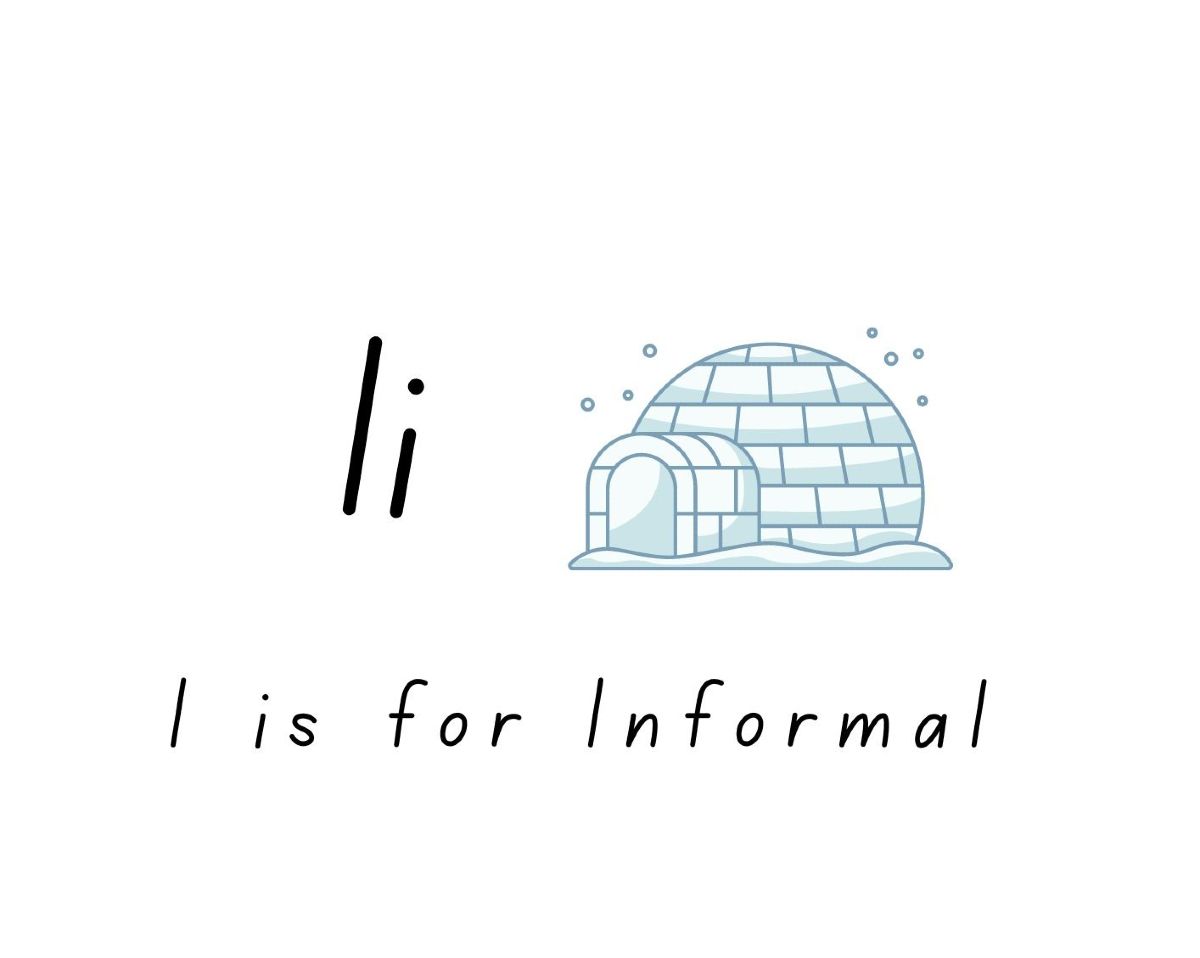

When owning property with others, there are different ways to structure the ownership. Two common forms are joint tenancy and tenancy in common.
- When one joint tenant dies, their share of the property automatically passes to the surviving joint tenants.
- All joint tenants own an equal share of the property. For instance, if there are three joint tenants, each owns one-third.
- Joint tenants must acquire their interest in the property at the same time, through the same transaction, and under the same title.
- Each joint tenant has an equal right to possess and use the entire property, regardless of their share.
- A joint tenant can transfer their interest to another person. However, doing so converts the joint tenancy into a tenancy in common for that share. The new owner will hold their share as a tenant in common, while the other owners remain joint tenants among themselves.
When a tenant in common dies, their share of the property is distributed according to their will or state inheritance laws, not automatically to the other co-owners. Tenants in common can own unequal shares of the property. For example, one tenant might own 50%, while two others own 25% each. Tenants in common can acquire their interests at different times, through different transactions, and under different titles. Similar to joint tenancy, each tenant in common has an equal right to possess and use the entire property, regardless of their ownership share. Each tenant in common can sell, transfer, or bequeath their share independently of the others, without affecting the tenancy status of the remaining co-owners.
Choosing Between Joint Tenancy and Tenancy in Common
Joint Tenancy is often chosen by married couples or others who want the property to pass automatically to the surviving owners upon death. It can simplify the transfer of property upon death, bypassing probate. However, it limits the deceased’s ability to distribute their share according to their wishes. Tenancy in Common is common among business partners, friends, or family members who want the flexibility to own unequal shares and to control their share independently.
There can be different tax implications for each ownership structure, particularly regarding inheritance tax and capital gains tax. In a tenancy in common, creditors can claim an individual’s share of the property to settle debts. In a joint tenancy, the surviving tenants typically take the property free of the deceased tenant's debts, although this can vary by jurisdiction.
It's important to consult with legal and financial professionals when deciding on the best form of co-ownership for your specific situation.
Lease end date is often not the term plus date of the lease but in the body of the lease there will be a sentence saying to hold for a term of XX years from xx date.
The date the lease drops below 80 years as this is, currently, when marriage value becomes payable and increases the cost of the lease extension.
The date the Section 42 Notice, for a lease extension, or a Section 13 Notice, for buying the freehold, is received by freeholder as this becomes the valuation date, not necessarily the date the notice is signed.
There will be a date in the initial notice for the freeholder to respond and this must be at least 2 months from when the notice is received so most solicitors allow 2 months and 2 weeks. If the freeholder does not respond in time then the lessee can ask for a vesting order to obtain the lease extension at the figure in the notice. This is why notice figures have to be a reasonable offer.
6 months from the date of the counter notice. This date is important as the matter needs to be agreed or an application for a Tribunal hearing put in otherwise it is a deemed withdrawal. The lessee has to pay the freeholder's costs and, currently, wait a year (or two if they have only just purchase the property) to serve another notice.
2 years from the registration of ownership is important because under the current legislation this is required before a lessee can serve notice to extend their lease, not to join in a freehold enfranchisement though.
Some of these dates are changing when the new legislations becomes active. Marriage value will no longer be payable. The 2 year ownership rule is being removed as is the 1 year to reserve a notice.

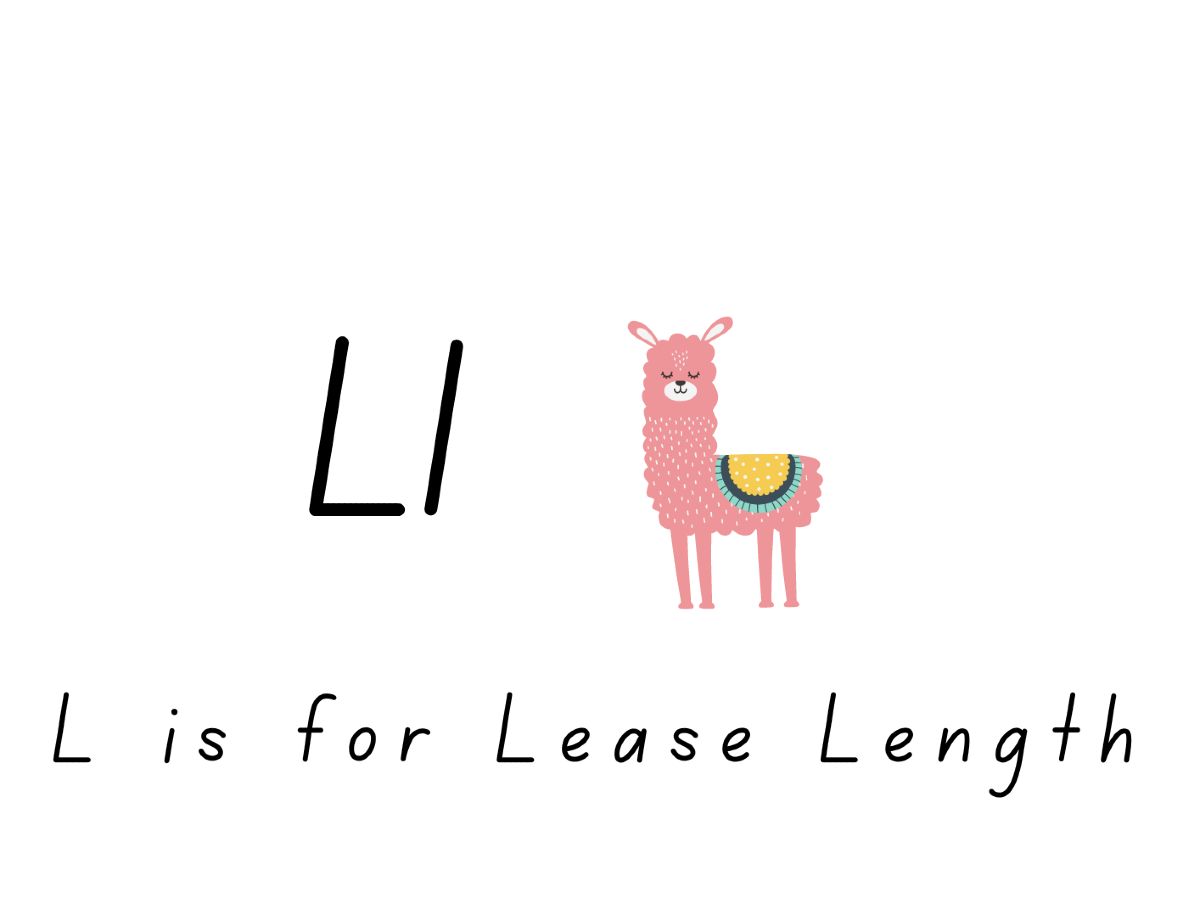
Why does the length of the lease for a residential flat matter? As the length of the lease reduces so does the value of the flat. Although in the market this only starts to happen around 90 years when purchases begin to ask about how much the lease extension will cost.
The shorter the lease the higher the premium for the lease extension will be and, currently, this will jump up when it drops below 80 years as 50% of the marriage value then has to be paid to the freeholder. The Leasehold and Freehold Reform Act 2024 is due to remove this element but as yet we have no activation date.
Leases below 60 years can be difficult to mortgage and therefore limit purchasers to cash buyer again reducing the value of the flat.
Marriage Value refers to the increase in the overall value of a property when the lease is extended or the freehold is acquired. It is essentially the "added value" that arises because the leaseholder's interest and the freeholder's interest in the property are combined or "married."
Marriage value becomes particularly important when the remaining lease term falls below 80 years. At this point, the cost of extending the lease increases significantly because the current law entitles the freeholder to 50% of the marriage value.
When a leaseholder applies to extend their lease, a valuation is done to determine how much the property is worth, to the leasehold and freeholder, with the existing lease and how much it would be worth, to the leasehold and freeholder, with an extended lease. The difference between these two values is the marriage value.
The inclusion of marriage value can significantly increase the premium (the amount paid) for extending a lease or buying the freehold. Therefore, leaseholders are encouraged to extend their lease before it drops below 80 years to avoid this additional cost.
The new legislation is set to remove the obligation of paying any marriage value to the freeholder but as yet we have no date set for activation. It is also possible that other changes in the law may increase the premium payable and lessees need to be aware of all possibilities and when they may occur.
I have a mailing list to keep you up to date on the changes let me know if you would like to be added.
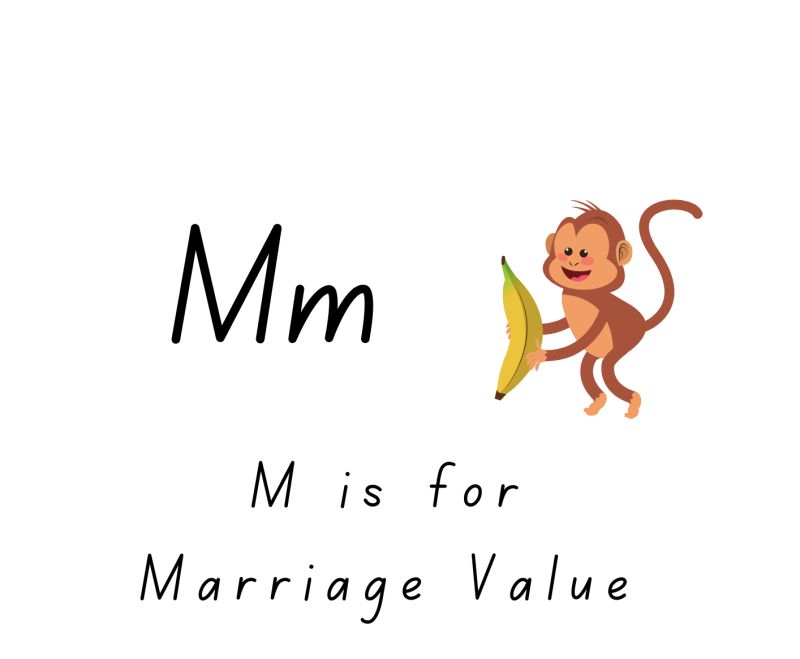

There are many statutory notices applicable to residential leasehold flats but two that are significant are the Section 42 Notice served by a lessee on a freeholder to start the legal process to extend their lease and the Section 45 Counter Notice served by the freehold in return. The rules for these notices are governed by The Leasehold Reform Housing and Urban Development Act 1993 and, currently entitles the lessee to an additional 90 years and to reduce the ground rent to zero.
Serving notice means both side must abide by the law providing timescales, and other issues, that if not adhered to have consequences and have the fall back position of going to Tribunal for a decision, if they cannot agree the matter between them.
These notices are legal documents that should be drawn up and served by experienced specialist solicitors, such as those that belong to the Association of Leasehold Enfranchisement Solicitors (ALEP). If they are not done correctly it can be a costly mistake.
It is also important to use a specialist valuer so the lessee, or the freeholder, know what the premium should be but also to ensure the S42 notice figure is not so low as to make the notice invalid or too high so that the lessee overpays. They can also advise on how the new legislation may or may not affect the premium payable in each case. Although this is difficult because we still have no rates or dates announced.
As a specialist valuer I can help with lease extensions for lessees or freeholders and you can contact me at alison.stone@alisonstonesurveyors.co.uk.
Firstly what is a ground rent? It is a periodic payment made to the freeholder by the lessee and is only what is stated in the lease.
An onerous ground rent is one considered excessively high or includes terms that could lead to significant increases over time, making the financial burden on the leaseholder unreasonable.
It may be set at a relatively high amount from the beginning, often disproportionate to the property's value. Or the lease may include clauses that allow the ground rent to drastically increase over time, usually at regular intervals (e.g., every 10 years) such as doubling every few years, making it unsustainable.
Onerous ground rent can significantly reduce the market value of a leasehold flat. Potential buyers may be deterred by the high or escalating costs, making the property harder to sell and lenders may be reluctant to provide mortgages. When a leaseholder seeks to extend their lease, the existence of onerous ground rent can greatly increase the cost as the freeholder has to be compensated for the loss of their valuable income stream.
The new legislation will ease this a bit by capping the ground rent, for the purpose of the lease extension valuation, at 0.1% of capital value of the property but dates for this, and many other parts of the new law, have not been announced.
Let me know if you would like to be added to my mailing list to keep up to date on the new legislation.


Peppercorn ground rent is a symbolic or nominal rent that is often set at a very low or effectively zero amount, such as a single peppercorn (a metaphor for something of very little value). The term is used in property law, particularly in leasehold agreements, to indicate a ground rent that exists in legal terms but is so small that it is not intended to be collected.
The concept originated from the idea that a peppercorn (a literal grain of pepper) could be given as a form of token payment. It wasn’t meant to have any real monetary value, but it satisfied the requirement for some form of rent in a legal contract.
In the context of leasehold reform, when a lease is extended under the Leasehold Reform, Housing and Urban Development Act 1993, the ground rent for the extended term is typically reduced to a peppercorn. This means the leaseholder effectively no longer has to pay any meaningful rent.
In order to have the right to extend the lease or participate in a freehold enfranchisement the owner of the lease must be a qualifying tenant. This means the lease originally granted must have been for a term of more than 21 years, regardless of how much is left to run. They also, currently, need to have been the registered owner for at least two years and it must be a residential property owned 100%, not shared ownership.
They will then have the right to extend the lease for an additional 90 years with peppercorn ground rent for payment of the appropriate premium.
The new legislation, The Leasehold and Freehold Reform Act 2024, when it becomes active will remove the two year ownership rule and increase the number of additional years to 990.
If you would like to be kept up to date with the new legislation send me your email address and I will add you to my mailing list.
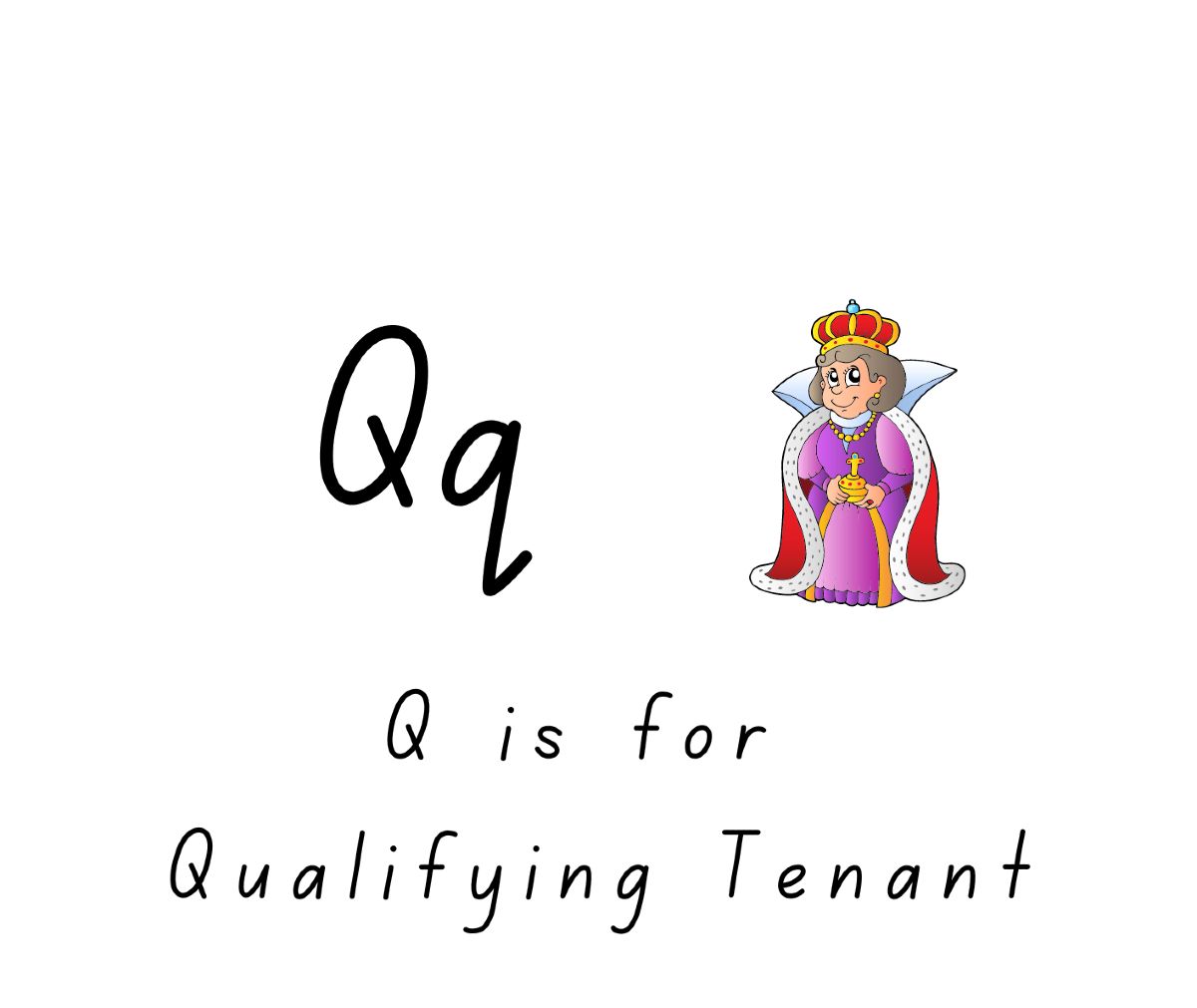
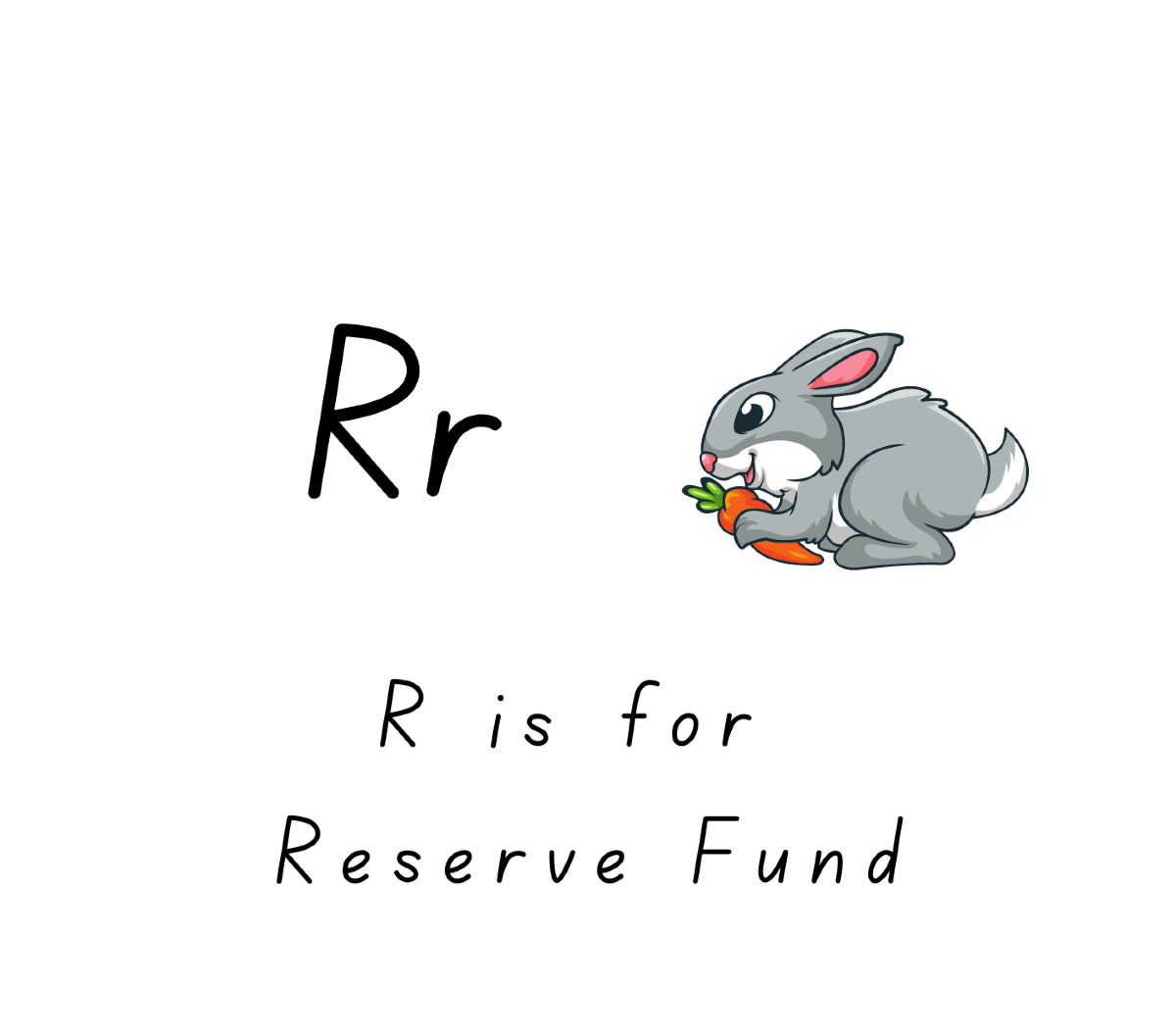
A reserve fund is a financial pot that is built up over time by collecting contributions from leaseholders, usually through their service charges. The purpose of the reserve fund is to cover the costs of significant repairs and maintenance that may arise in the future, such as roof repairs, major structural work, or replacements of communal services (e.g., lifts, heating systems).
By having a reserve fund in place, the financial burden of large unexpected costs is spread out over time, reducing the need for sudden and hefty one-off payments from leaseholders. A well-maintained reserve fund can also prevent the need for emergency borrowing or additional charges to meet immediate repair needs.
The amount leaseholders contribute to the reserve fund is often stipulated in the lease agreement, and the fund is typically managed by the freeholder, managing agent, or residents' association. It's important for flat buyers and owners to review the state of the reserve fund and its management, as insufficient funds could lead to larger unexpected charges in the future.
A service charge is a fee that leaseholders must pay to cover the costs of maintaining and managing the common areas and services of a building. This includes expenses such as cleaning, building insurance, maintenance of communal areas (like gardens, lifts, and hallways), repairs, utilities, and sometimes contributions to a reserve fund.
The service charge is typically collected by the freeholder or a managing agent on behalf of the freeholder, and it varies depending on the size of the property, the number of services provided, and the overall costs of upkeep. The lease agreement usually outlines what the service charge covers and how it is calculated.
Flat buyers and owners should always review the service charge history before purchasing, as high or unpredictable service charges can significantly impact the affordability of owning a leasehold property. It's also important to ensure that the service charges are reasonable, as leaseholders have the right to challenge excessive charges or poor management through a tribunal.
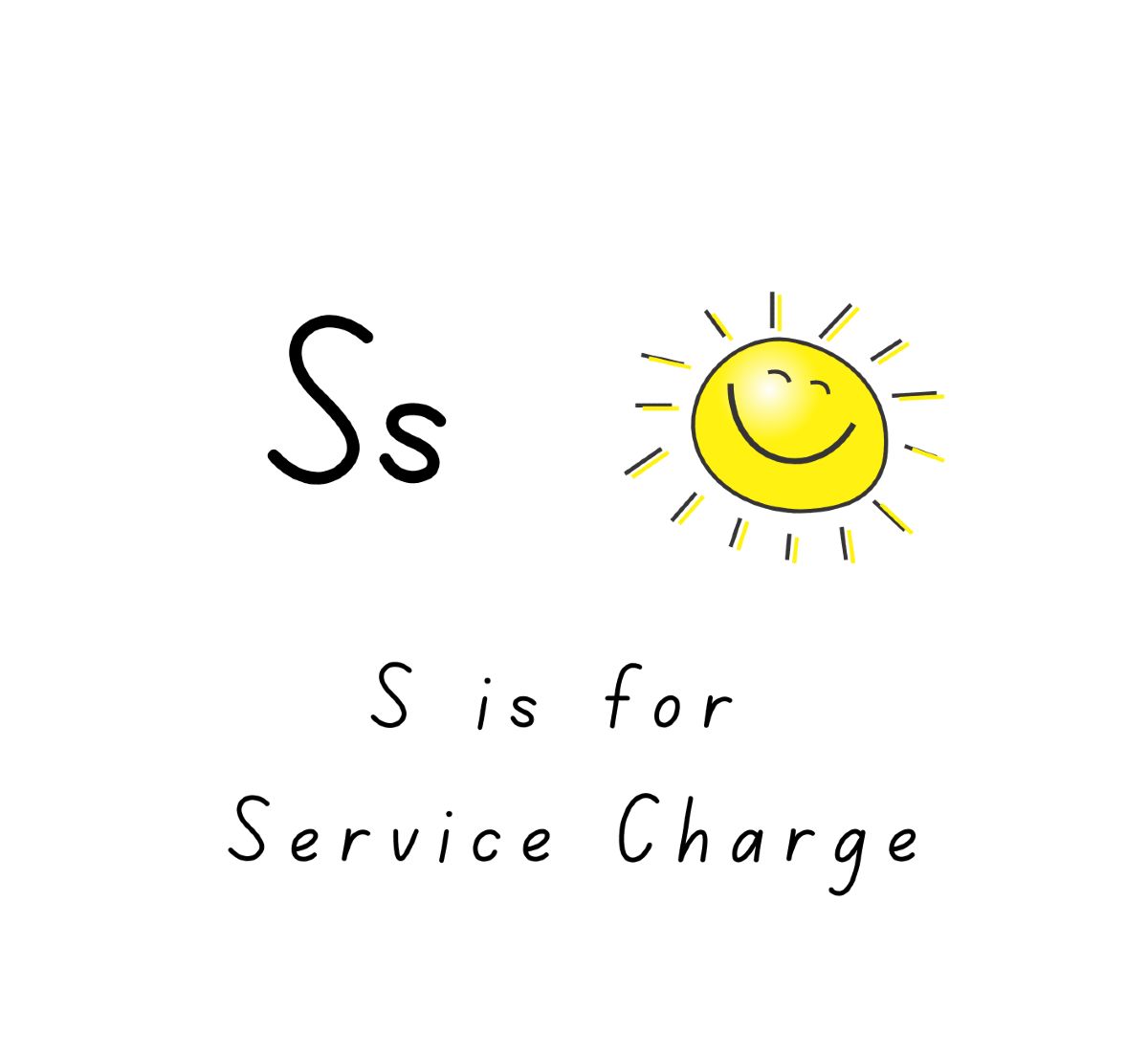
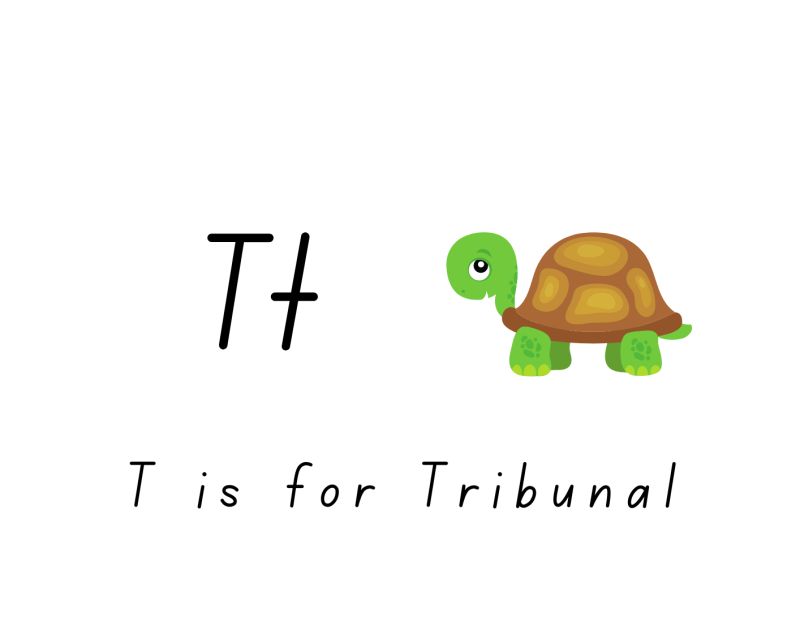
In the world of leasehold property, the term Tribunal refers to the First-tier Tribunal (Property Chamber) in England and Wales. This is a legal body where disputes related to leasehold properties are resolved, particularly those between leaseholders and freeholders.
Common Issues Brought to the Tribunal:
- Service Charges: Disputes over the amount or reasonableness of service charges.
- Lease Extensions: Settling disputes over the cost or terms of extending a lease.
- Right to Manage (RTM): Cases where leaseholders wish to take over the management of their building.
- Breach of Lease Terms: Disputes over alleged breaches of lease obligations.
- Variation of Leases: If a lease needs changing, but all parties do not agree, the Tribunal can be asked to vary it.
- Application: The leaseholder or freeholder submits a formal application.
- Evidence: Both sides present their evidence.
- Hearing: A Tribunal hearing takes place where the issues are discussed, and witnesses may be questioned.
- Decision: The Tribunal makes a binding decision, which can only be appealed under specific circumstances.
- Tribunals are designed to be more accessible than formal court proceedings, offering a relatively inexpensive and quicker route for resolving leasehold disputes.
These are changes or modifications made to a leasehold property without obtaining the necessary permissions from the freeholder.
Most leases contain a clause requiring leaseholders to obtain freeholder's written consent before making significant alterations to the property. This could include structural changes, knocking down walls, installing new windows, or even minor modifications depending on the terms of the lease.
Carrying out alterations without permission may be a breach of lease terms and can lead to enforcement action, such as requiring reinstatement of the property to its original condition or claiming damages.
If unauthorised alterations have been made, it can complicate the sale of the property. Buyers and their solicitors will likely check that all necessary consents were obtained, and issues here can delay or derail a sale.
In some cases, it may be possible to seek retrospective consent for alterations after they have been made, though this is not guaranteed and may come with fees or other conditions from the freeholder.
Alterations may also need to comply with local planning and building regulations.
If you're considering making changes to a leasehold flat, always check the lease for specific clauses and consult with the freeholder or managing agent to ensure that any necessary permissions are in place.
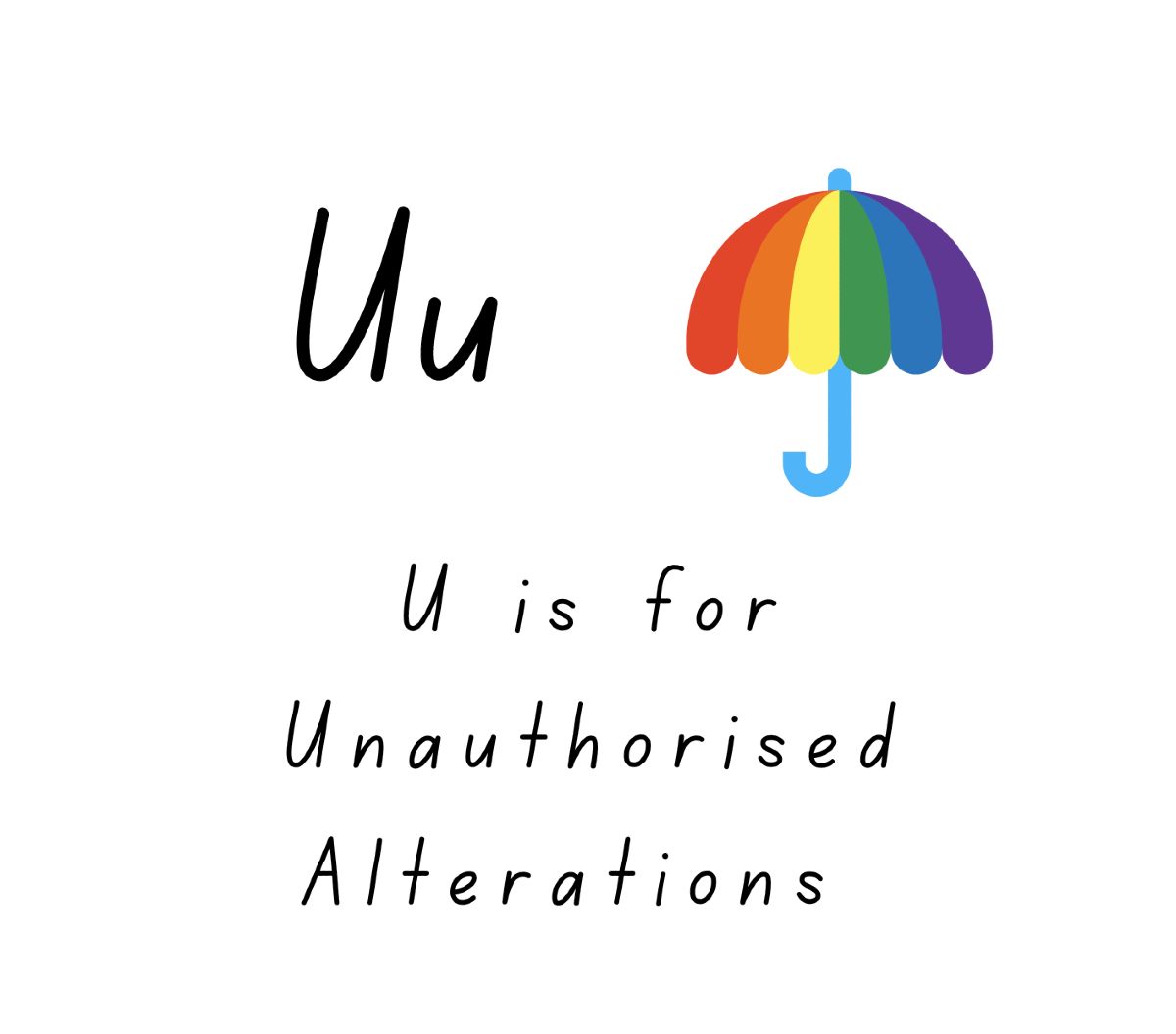
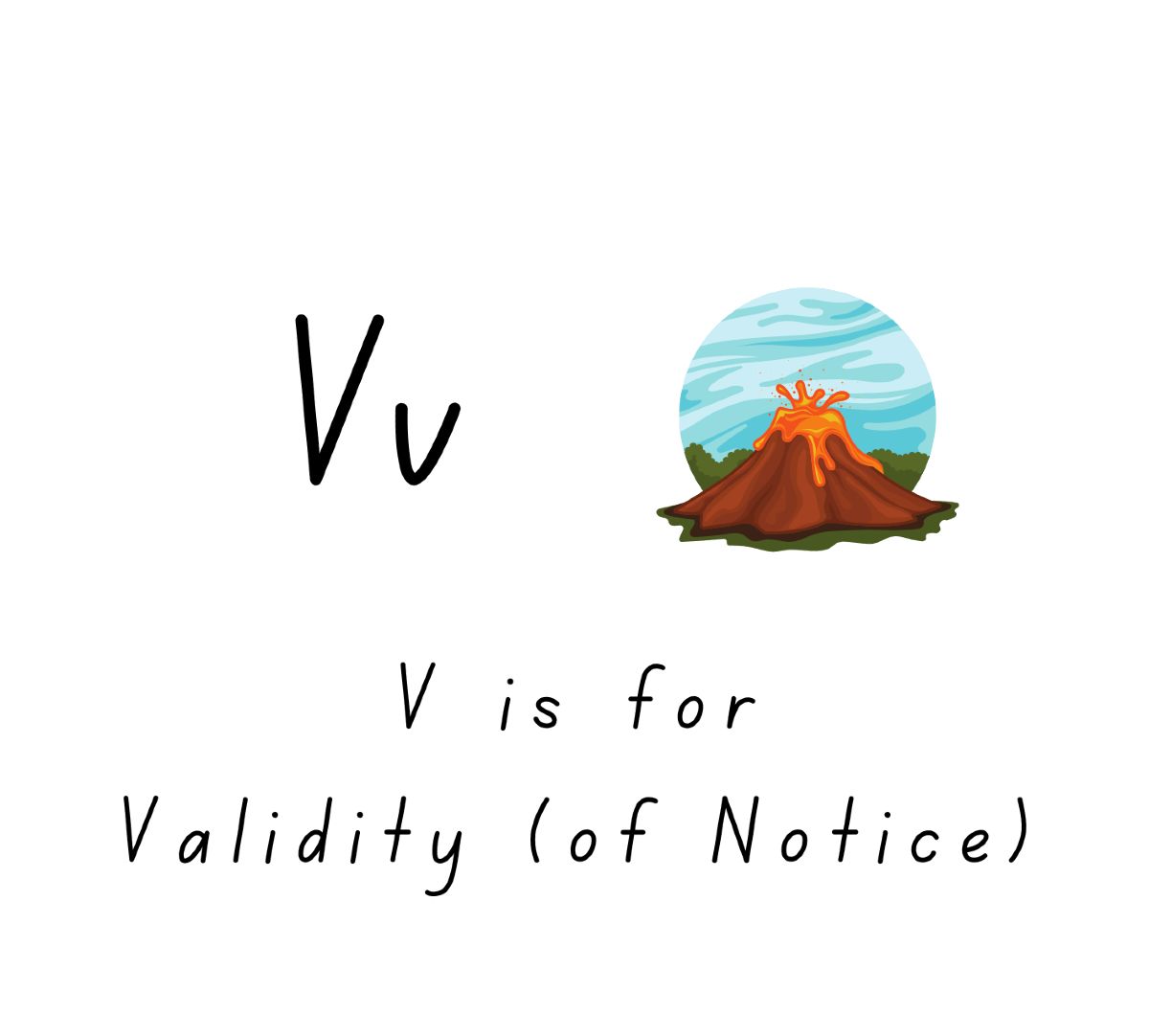
This refers to legal correctness & enforceability of a formal notice served by leaseholder or freeholder.
When a leaseholders apply to extend their lease or buy the freehold, they must serve a Section 42 (13 for Freehold) Notice on the freeholder. This notice must include specific details (eg leaseholder’s name, premium offered, & date to reply by). If some details are incorrect or incomplete, the notice could be deemed invalid, causing delays or requiring a re-issue and increasing costs.
Leaseholders seeking to take over management of the building must serve a formal notice on the freeholder. If there are mistakes or omissions, the notice may be challenged for its validity, causing significant delays.
For major works on a property, the freeholder must serve a Section 20 Notice to inform leaseholders about the works and costs. If the notice is not properly served or lacks essential details, the leaseholders may not have to pay the service charge for the works.
Notices must also be served following the correct legal procedures, such as sending it to the right address within the statutory timeframe.
To avoid serving an invalid notice you should seek advice of solicitors with expertise in leasehold law. To ensures notices comply with all legal requirements & are properly served minimizing the risk of challenges.
This is often required in leasehold arrangements, especially for changes or actions by the leaseholder that impact the property or agreement terms.
Many leases require written consent from the freeholder (landlord) before any alterations or structural changes are made to the property, especially if it involves walls, extensions, or significant interior modifications.
When a leaseholder wants to transfer the lease to another person (known as assigning the lease), written consent from the landlord is typically required. This process may involve specific conditions, such as meeting eligibility requirements for the new leaseholder.
Some leases permit subletting, but only with the freeholder’s written consent. This is often required to ensure that the subtenant complies with the lease terms and maintains property standards.
While similar to alterations, improvements (such as energy-efficient modifications) might also require written consent. Freeholders may require conditions to ensure that improvements comply with building regulations.
If a leaseholder wants to change the property’s use (e.g., from residential to commercial), they will need written consent from the freeholder, as such changes can impact building insurance.
In buildings with a leasehold structure, some leases have specific clauses about keeping pets. Written consent may be required, often with conditions around noise, maintenance, or pet behaviour.
Written consent might be required for using or reserving parking spaces, especially if they're limited or come with specific terms, such as additional fees.
In some leasehold properties, installation of satellite dishes or additional aerials needs written approval from the freeholder, especially if it affects the building's external appearance.
Written consent can only be given if the freeholder has the power to do so. If there is an absolute prohibition in the lease any changes may require the consent of the lessees as well as the freeholder.


When it comes to buying or owning a leasehold flat, the intricacies of leasehold law, property rights, and obligations can be overwhelming. This is where an expert becomes an invaluable asset.
Leases can be dense documents with legal jargon that isn't immediately clear. A leasehold solicitor can interpret these terms, ensuring you understand the conditions tied to your ownership.
An expert surveyor can provide an accurate valuation advise on what you should expect to pay for a lease extension & manage negotiations. A solicitor can prepare the necessary legal documentation, ensuring compliance with statutory requirements under the legislation.
Look for solicitors with a strong track record in leasehold law and membership in relevant professional bodies (e.g., the Law Society’s Conveyancing Quality Scheme) and for chartered surveyors who are members of the Royal Institution of Chartered Surveyors (RICS), as they adhere to professional standards.
Those belonging to ALEP (Association of Leasehold Enfranchisement Practitioners) are particularly expert in their field.
If you are purchasing a leasehold flat or already own one, consulting an expert helps protect your rights, secure your investment, and navigate the leasehold landscape with peace of mind.
This term refers to the obligation of a leaseholder to return the property to the freeholder at the end of the lease. It’s usually a clause in the lease that specifies how the flat must be handed back, including requirements such as repairs, decorations, or removal of any alterations made during the tenancy.
Flat owners should be aware of the yielding up provisions in their lease because failure to comply can lead to disputes or costly claims from the freeholder. It’s wise to plan ahead and budget for any potential works that might be required to meet these obligations as the lease end approaches.
The alternative is to hold over and stay in the property paying the appropriate market rent.


Leasehold as a tenure is complicated enough without the added complexities of getting a lease extension and what makes up the valuation. So when you throw in a name like Zucconi it is going to sound like another language.
So what is Zucconi and how does it affect lease extension valuations.
Zucconi is shorthand for the case name of the Trustees of the Barry and Peggy High Foundation and Claudio Zucconi and Marella Zanre. Cases are often know by the least common name among the parties involved, so they are more easily identifiable. This case was heard in the Upper Tribunal and therefore sets a binding precedent on all courts below.
The Zucconi case significantly influences valuations for lease extensions, for leases with less than 80 years remaining. It addresses how valuers should determine the relativity—the relationship between the value of a property with a short lease and its value with a long lease—when no direct sales evidence is available for short leases.
The Tribunal ruled that in such cases, valuers should use the average of two specific graphs: the Savills 2015 Unenfranchisable Graph and the Gerald Eve 2016 Unenfranchisable Graph. These graphs are notably more favourable to freeholders, often resulting in higher valuations.
Relativity affects the calculation of marriage value, which is the additional value created when extending a lease. The higher the relativity, the less marriage value is payable, benefiting the lessee. However, by directing valuers to rely on these particular graphs, the Zucconi ruling typically increases the marriage value component, thus raising the cost of lease extensions for flat owners.
